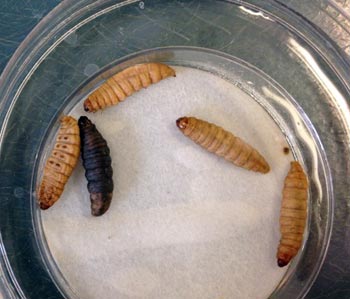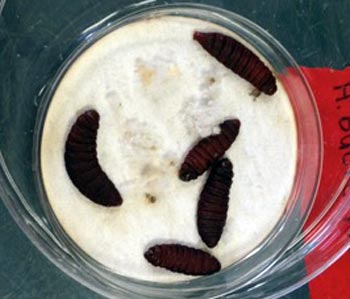acespicoli
Well-known member
Anyone have any experience with this ?
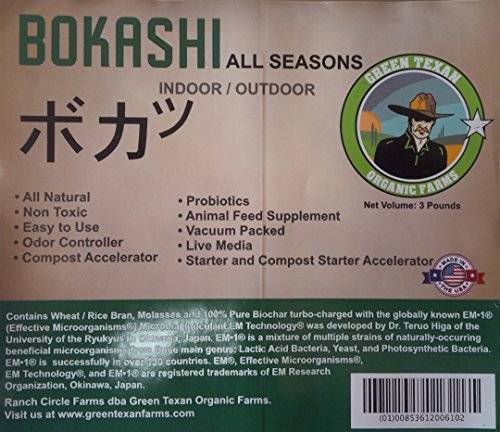
One trademarked product was originally (c. 1985) marketed as EM-1 Microbial Inoculant.[5] Such EM blends include:[6]
Lactic acid bacteria: Lactobacillus casei
Photosynthetic bacteria: Rhodopseudomonas palustris
Yeast: Saccharomyces cerevisiae
Others: beneficial microorganisms that exist naturally in the environment may thrive in the mixture.
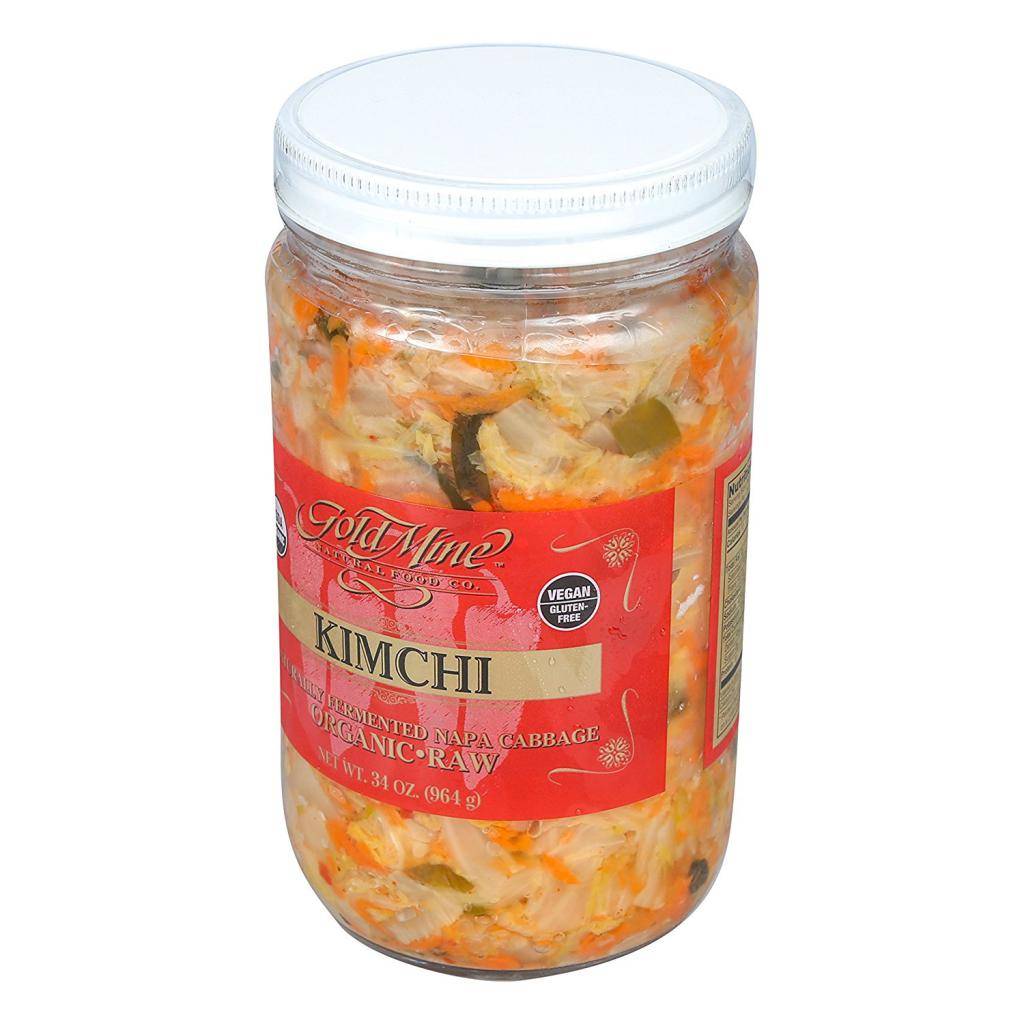
The microorganisms present in kimchi are: Bacillus mycoides, B. pseudomycoides, B. subtilis, Lactobacillus brevis, Lb. curvatus, Lb. parabrevis, Lb. pentosus, Lb. plantarum, Lb. sakei, Lb. spicheri, Lactococcus carnosum, Lc. gelidum, Lc. lactis, Leuconostoc carnosum, Ln. citreum, Ln. gasicomitatum, Ln. gelidum, Ln. holzapfelii, Ln. inhae, Ln. kimchii, Ln. lactis, Ln. mesenteroides, Serratia marcescens., Weissella cibaria, W. confusa, W. kandleri, W. koreensis, and W. soli.
Mustard Leaf Kimchi
POSTED ON DECEMBER 30, 2016 BY AUSTIN
After perusing the Korean market’s fresh vegetable aisle, I found some mustard greens, which resemble green kale. A common type of kimchi, mustard leaf (gat) kimchi (???) is made from these deep green, pungent leaves which carry similar spicy notes of which their seeds are well-known.
After a two-hour salt brining, these hearty leaves didn’t wilt much.
Print
Mustard Green Kimchi
Prep time: 2 hours 15 mins Fermentation time: 4-5 days
Yield: just under 1qt
Ingredients
1 bunch fresh mustard greens
2 quarts/liters filtered water
6 Tablespoons (90ml) fine sea salt
8 oz (by volume) "Make-ahead kimchi paste", OR (remaining ingredients)
5 scallions (green onions)
1 Tbsp./15ml tamari (gluten free soy sauce)
2 Tbsp./30ml by volume /1 ounce by weight (15g) red pepper powder
1¾ ounces by weight (50g) ginger
2.5 ounces by weight (75g) garlic, peeled
Instructions
Mix Brine & Soak Veg
Dissolve 6 tablespoons sea salt into 2 quarts/liters of water.
Rinse dirt off leaves. Add leaves to brine and submerge using a plate or weight. Let them sit in brine 2 hours.
Make Paste
Peel garlic and clean any dirt off ginger. Chop both roughly.
Cut stems off scallions, and slice them (white and green parts) into ½ inch (1 cm) pieces.
Add ginger, garlic, and scallions to work bowl of a food processor, along with red pepper powder and tamari.
Start the food processor, and mix together until a thick paste forms and it "rolls" together when the machine is running. You may need to scrape down the sides of the bowl once or twice. You may also need a little extra tamari to get the right texture.
Pack and Ferment
Drain greens.
Cut greens into 1 to 2-inch pieces. Cut the larger leaves lengthwise as needed (down the spine) so the pieces are about 2-inches square. Use the stems as well as the leaves.
While wearing gloves, coat the greens with paste.
Pack into a wide-mouth quart-sized glass jar or crock.
Add any residual paste to jar/crock.
Cover with a plastic lid or plate, and weigh down so that the contents stay under the brine.
If using smaller (quart) jars, find a weight such as a small glass jar (filled with water) that closely fits inside the diameter of the jar. Add to jar.
Cover jar(s) with a cloth and rubber band to keep flies out. Alternately, add airlock to top of jar.
Ferment for 4-5 days. Transfer to refrigerator to slow fermentation. Flavors will continue to develop. Enjoy within 1 month.
Homemade Kimchi Paste
Prep Time 5 minutes
Total Time 5 minutes
Ingredients
1/2 cup gochujangyong gochugaru Korean red pepper powder
1/4 cup water + 1 tablespoon extra
1/4 cup fish sauce
2 tablespoons rice vinegar
1 tablespoon sugar
1 teaspoon kosher salt
1 teaspoon sesame oil
1 teaspoon sesame seeds
Instructions
In a medium bowl, combine all ingredients and mix well.
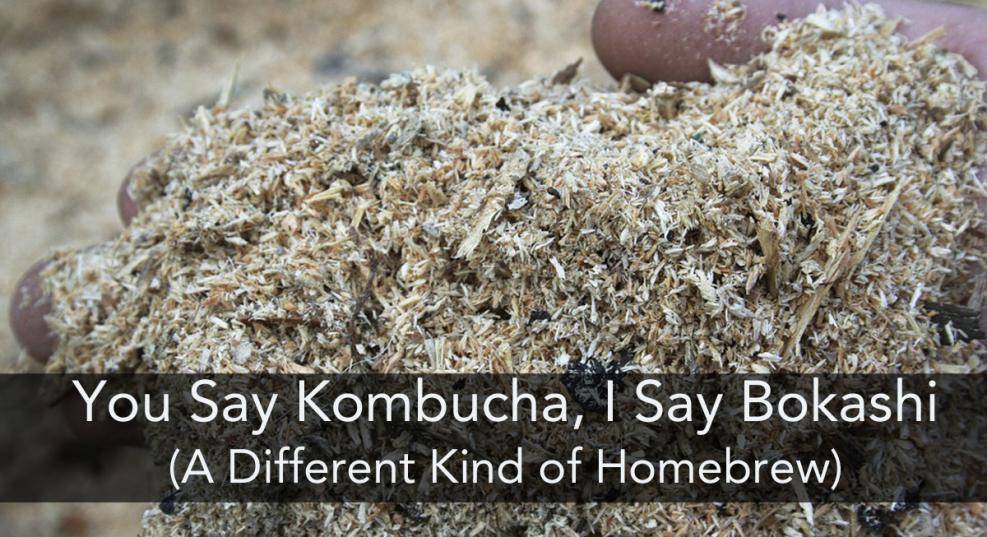
A kombucha culture is a symbiotic culture of bacteria and yeast (SCOBY), similar to mother of vinegar, containing one or more species each of bacteria and yeasts, which form a zoogleal mat[23] known as a "mother."[1] The cultures may contain one or more of the yeasts Saccharomyces cerevisiae, Brettanomyces bruxellensis, Candida stellata, Schizosaccharomyces pombe, and Zygosaccharomyces bailii.[24]
The bacterial component of kombucha comprises several species, almost always including Gluconacetobacter xylinus (G. xylinus, formerly Acetobacter xylinum), which ferments alcohols produced by the yeasts into acetic and other acids, increasing the acidity and limiting ethanol content.[citation needed] The population of bacteria and yeasts found to produce acetic acid has been reported to increase for the first 4 days of fermentation, decreasing thereafter.[citation needed] G. xylinus has been shown to produce microbial cellulose, and is reportedly responsible for most or all of the physical structure of the "mother", which may have been selectively encouraged over time for firmer (denser) and more robust cultures by brewers.[25][non-primary source needed]
The mixed, presumably symbiotic culture has been further described as being lichenous, in accord with the reported presence of the known lichenous natural product usnic acid, though as of 2015, no report appears indicating the standard cyanobacterial species of lichens in association with kombucha fungal components.[19]
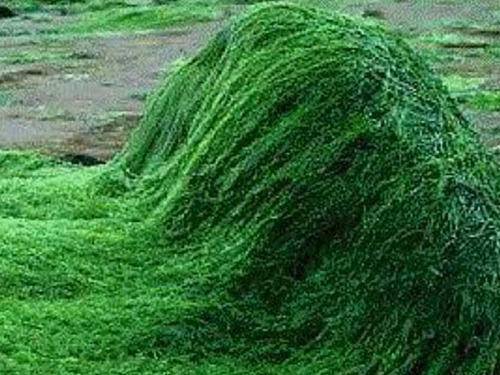
Spirulina represents a biomass of cyanobacteria that can be consumed by humans and other animals. There are two species, Arthrospira platensis and Arthrospira maxima
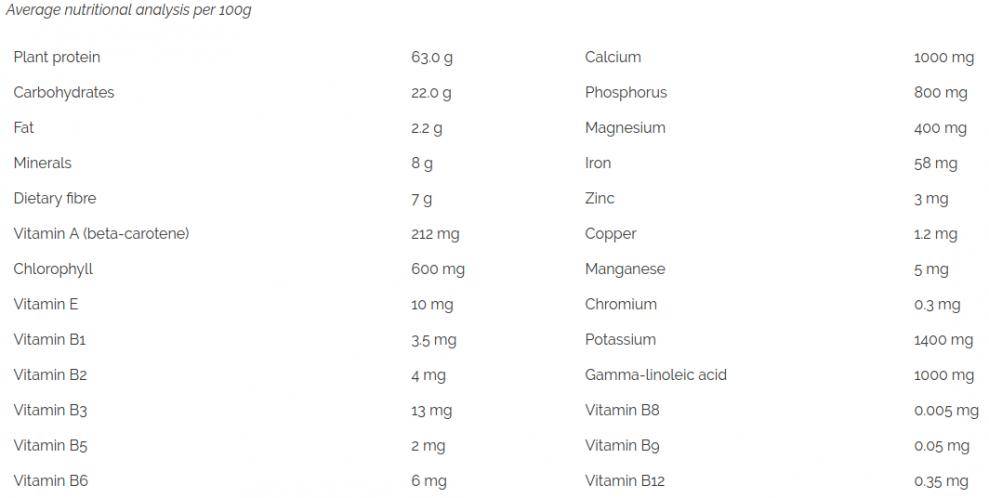
One trademarked product was originally (c. 1985) marketed as EM-1 Microbial Inoculant.[5] Such EM blends include:[6]
Lactic acid bacteria: Lactobacillus casei
Photosynthetic bacteria: Rhodopseudomonas palustris
Yeast: Saccharomyces cerevisiae
Others: beneficial microorganisms that exist naturally in the environment may thrive in the mixture.
The microorganisms present in kimchi are: Bacillus mycoides, B. pseudomycoides, B. subtilis, Lactobacillus brevis, Lb. curvatus, Lb. parabrevis, Lb. pentosus, Lb. plantarum, Lb. sakei, Lb. spicheri, Lactococcus carnosum, Lc. gelidum, Lc. lactis, Leuconostoc carnosum, Ln. citreum, Ln. gasicomitatum, Ln. gelidum, Ln. holzapfelii, Ln. inhae, Ln. kimchii, Ln. lactis, Ln. mesenteroides, Serratia marcescens., Weissella cibaria, W. confusa, W. kandleri, W. koreensis, and W. soli.
Mustard Leaf Kimchi
POSTED ON DECEMBER 30, 2016 BY AUSTIN
After perusing the Korean market’s fresh vegetable aisle, I found some mustard greens, which resemble green kale. A common type of kimchi, mustard leaf (gat) kimchi (???) is made from these deep green, pungent leaves which carry similar spicy notes of which their seeds are well-known.
After a two-hour salt brining, these hearty leaves didn’t wilt much.
Mustard Green Kimchi
Prep time: 2 hours 15 mins Fermentation time: 4-5 days
Yield: just under 1qt
Ingredients
1 bunch fresh mustard greens
2 quarts/liters filtered water
6 Tablespoons (90ml) fine sea salt
8 oz (by volume) "Make-ahead kimchi paste", OR (remaining ingredients)
5 scallions (green onions)
1 Tbsp./15ml tamari (gluten free soy sauce)
2 Tbsp./30ml by volume /1 ounce by weight (15g) red pepper powder
1¾ ounces by weight (50g) ginger
2.5 ounces by weight (75g) garlic, peeled
Instructions
Mix Brine & Soak Veg
Dissolve 6 tablespoons sea salt into 2 quarts/liters of water.
Rinse dirt off leaves. Add leaves to brine and submerge using a plate or weight. Let them sit in brine 2 hours.
Make Paste
Peel garlic and clean any dirt off ginger. Chop both roughly.
Cut stems off scallions, and slice them (white and green parts) into ½ inch (1 cm) pieces.
Add ginger, garlic, and scallions to work bowl of a food processor, along with red pepper powder and tamari.
Start the food processor, and mix together until a thick paste forms and it "rolls" together when the machine is running. You may need to scrape down the sides of the bowl once or twice. You may also need a little extra tamari to get the right texture.
Pack and Ferment
Drain greens.
Cut greens into 1 to 2-inch pieces. Cut the larger leaves lengthwise as needed (down the spine) so the pieces are about 2-inches square. Use the stems as well as the leaves.
While wearing gloves, coat the greens with paste.
Pack into a wide-mouth quart-sized glass jar or crock.
Add any residual paste to jar/crock.
Cover with a plastic lid or plate, and weigh down so that the contents stay under the brine.
If using smaller (quart) jars, find a weight such as a small glass jar (filled with water) that closely fits inside the diameter of the jar. Add to jar.
Cover jar(s) with a cloth and rubber band to keep flies out. Alternately, add airlock to top of jar.
Ferment for 4-5 days. Transfer to refrigerator to slow fermentation. Flavors will continue to develop. Enjoy within 1 month.
Homemade Kimchi Paste
Prep Time 5 minutes
Total Time 5 minutes
Ingredients
1/2 cup gochujangyong gochugaru Korean red pepper powder
1/4 cup water + 1 tablespoon extra
1/4 cup fish sauce
2 tablespoons rice vinegar
1 tablespoon sugar
1 teaspoon kosher salt
1 teaspoon sesame oil
1 teaspoon sesame seeds
Instructions
In a medium bowl, combine all ingredients and mix well.
A kombucha culture is a symbiotic culture of bacteria and yeast (SCOBY), similar to mother of vinegar, containing one or more species each of bacteria and yeasts, which form a zoogleal mat[23] known as a "mother."[1] The cultures may contain one or more of the yeasts Saccharomyces cerevisiae, Brettanomyces bruxellensis, Candida stellata, Schizosaccharomyces pombe, and Zygosaccharomyces bailii.[24]
The bacterial component of kombucha comprises several species, almost always including Gluconacetobacter xylinus (G. xylinus, formerly Acetobacter xylinum), which ferments alcohols produced by the yeasts into acetic and other acids, increasing the acidity and limiting ethanol content.[citation needed] The population of bacteria and yeasts found to produce acetic acid has been reported to increase for the first 4 days of fermentation, decreasing thereafter.[citation needed] G. xylinus has been shown to produce microbial cellulose, and is reportedly responsible for most or all of the physical structure of the "mother", which may have been selectively encouraged over time for firmer (denser) and more robust cultures by brewers.[25][non-primary source needed]
The mixed, presumably symbiotic culture has been further described as being lichenous, in accord with the reported presence of the known lichenous natural product usnic acid, though as of 2015, no report appears indicating the standard cyanobacterial species of lichens in association with kombucha fungal components.[19]
Spirulina represents a biomass of cyanobacteria that can be consumed by humans and other animals. There are two species, Arthrospira platensis and Arthrospira maxima
Last edited:


